If there is no way to make it happen, great ideas are still just good hypotheses. See the idea as inspiration and the organization of the idea as the work needed to make it happen. But the job is certainly not a one-off, it’s a process from one task to the next. There are many points in the process, from idea to execution to the client.
Managing this work process is called logistics management. Everything from information to materials to production is considered. Without logistics management, many stages of any product can quickly fall into disarray. If you are new to logistics management, don’t panic. Let’s take a look at these basics and how to best apply them to your business.
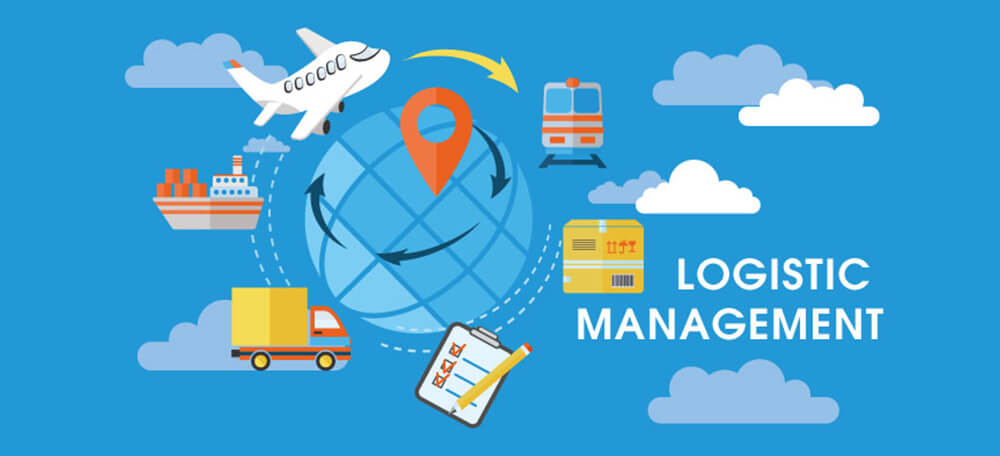
1. What is logistics management?
Logistics management is the detailed process of organizing and implementing action. When it comes to business, the process is a start-to-finish workflow to meet customers’ and your organization’s expectations.
Logistics management manages resources ranging from tangible goods such as materials, equipment, and supplies to food or other consumables. In the process, logistics management deals with integrating the flow of information and its management tools, material handling, production packaging, inventory, transportation, warehousing, and sometimes security.
To model, analyze, visualize and optimize this complex logistical problem, specialized simulation software is often used. People who work in this field are called logistics specialists.
1) supply chain management relationship
Supply chain management includes logistics management. Supply chain management plans, implements, and controls the efficient flow of storage, goods, services, and related information from source to point of consumption. The purpose of this is to meet the needs of the customer.
Logistics management is applicable in all industries. Its purpose is to manage the outcomes of the project life cycle, the supply chain, and the resulting efficiencies. As businesses become more complex and expand into global markets, corporate logistics specialists have evolved into supply chain logistics specialists.
In the logistics management of enterprises, the focus is on two aspects: inbound logistics for internal functions and outbound logistics for external flows from the origin to the point of consumption. Logistics specialists specialize in inventory management, purchasing, transportation, warehousing, consulting, and the organization and mapping of these processes.
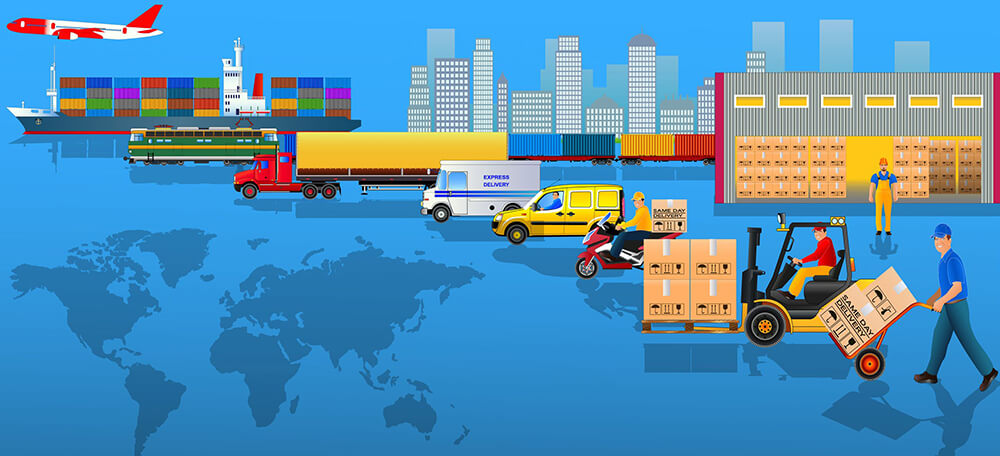
2) Different types of logistics management
There are four main types of logistics management, each of which emphasizes a different aspect of the supply process.
1. Supply Management and Logistics
This involves planning, procuring, and coordinating the materials needed to complete a task at a specific time and place. This includes the transportation of materials and where they are stored. Additionally, assessing supply levels at different stages of the process is necessary to ensure that customer needs are met, such as delivering materials to construction sites or supplying components to manufacturing plants.
2. Material distribution and transportation
It transports stored materials to where they need to go. This issue involves moving materials; including loading, unloading, and shipping, and tracking inventory and usage. This type of management controls the flow of supplies from a central warehouse to stores that sell products to the public.
3. Production logistics and management
It manages the various stages of combining distributed supply into a product, such as coordinating what is needed to manufacture or assemble something. This includes staging materials at the right time to work with the build of the product. This type of logistics management falls under the category of product management.
4. Reverse logistics and product returns
This is about the management of recovered materials and supplies from production. On a construction site, for example, it involves removing excess material and returning it to its own inventory. It can also refer to returning unwanted or unused products from an end customer seeking a refund.
3) Logistics Management of Distribution Network
The various links and distribution points in the logistics management network include:
- Factories that produce products
- The warehouse where products are stored
- Distribution centers receive and return items for customers
- Shipping to deliver the product
- Retail locations, from small to large stores selling products
These are the main hubs for product logistics, although suppliers and intermediaries can operate between these points.

4) Smart Logistics Management Tips
The more steps in logistics management, the better. By considering each stage of a product, its distribution, and the return of materials and supplies, you are more likely to increase efficiency and increase revenue.
The larger the enterprise scale, the more complex and difficult the logistics management. The stronger your logistics management plan, the better. To prepare and make the best plan possible, here are some suggestions.
- Create a strong plan: Like any management, its success or failure depends on the strength of the plan. The more thorough your planning, the less you have to think about. There are always problems, and there are only so many potential risks you can plan ahead of time, but early and detailed planning can help reduce delays and other impediments to the flow of materials and supplies.
- Create a Plan B: No matter how good your initial plan is, there will always be things it can’t handle. That’s why you need to have a contingency plan for each element of your logistics plan, in case unforeseen problems may arise. But it’s important to know when to abandon the original plan and move on to the second.
- Hire a manager: It is critical to have an experienced leader in the process who is able to work with a variety of different people, all involved in the logistics of materials and supplies. This means that interpersonal skills are a must. They should also have strong industry connections in order to handle any last-minute logistical changes from suppliers etc.
- Automation: Needless to say, automation is a built-in way to make your workflow more efficient. From tracking to monitoring deliveries to fleet and inventory management software, task automation can help with many processes.
- Learn from mistakes: This applies to most things. In the process of managing logistics, you will make mistakes. This is a given. But what’s not certain is that you learn from these mistakes so they don’t happen again. So take the time to review what you’ve done, what worked and what didn’t, and get feedback from your team.
2. Why is logistics management important?
The purpose of logistics management is obviously to find more efficient and effective ways to move resources and products from concept to completion and ultimately to the customer. But the impetus for these actions is to meet customer needs, provide the best possible service to retain customers, and keep them satisfied by meeting their requirements.
Faster, more accurate, and high-quality shipments are required when customers demand better service. Customer satisfaction is achieved through logistics management.
Logistics management has other benefits as well. It also helps build visibility into a business’s supply chain. By analyzing historical data and tracking the movement of goods in real-time, logistics managers can better flow materials and avoid any potential disruptions.
Therefore, logistics management helps to increase revenue. It improves customer service and adds to the company’s good reputation and brand, which in turn generates new and more business. With a better understanding of the supply chain, there are opportunities to save operational costs by controlling inflows, keeping inventories at appropriate levels, and organizing the reverse flow of goods.
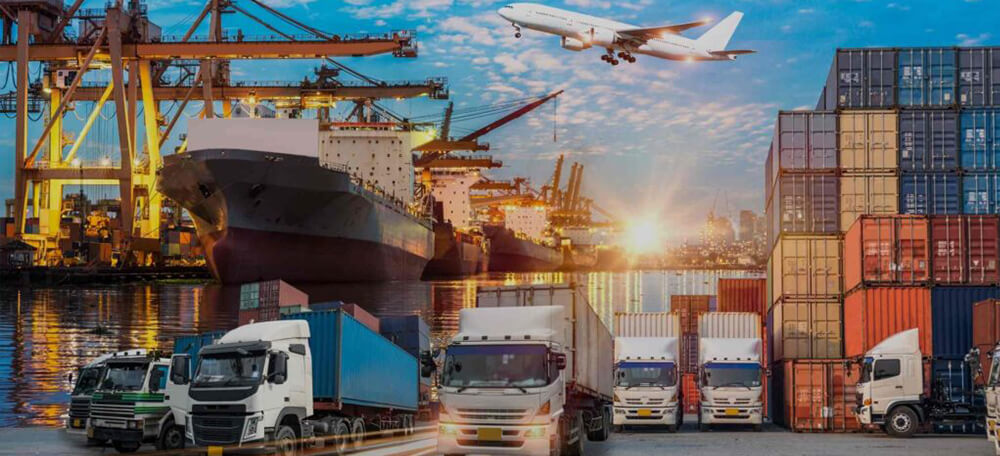
3. How a project manager can help you with logistics management
Logistics is literally just the planning of deliverables. Therefore, successful logistics managers understand the importance of project management software tools to help them collect, organize and move items from one place to another. ProjectManager is an award-winning software designed to improve the organizational efficiency of projects and teams.
Track progress with Kanban
When you’re dealing with lots of shipping, priorities, and deadlines, you need a way to see where those parts are at any given time. Our Kanban tool visualizes your shipping movements with cards and columns that represent where each item is in your shipping cycle.
Dashboards and reports keep things running smoothly
Because our software is cloud-based, every status update is reflected throughout the tool. We have dashboards and reporting tools that provide more data to make logistics management easier. For example, you can get a high-level view of costs, variances, tasks, and more. Data is automatically processed and displayed in easy-to-read graphs and charts.
Logistics management has a lot to track and a lot of resources to arrange. This is the more complex one as the project develops. ProjectManager is a project management software that provides you with tools to manage logistics more efficiently through automation and real-time monitoring. Kanban boards for visualizing workflows, online Gantt charts for scheduling, and real-time dashboards for reporting progress. Try this 30-day free trial today and see how it can remove bottlenecks from your supply chain.

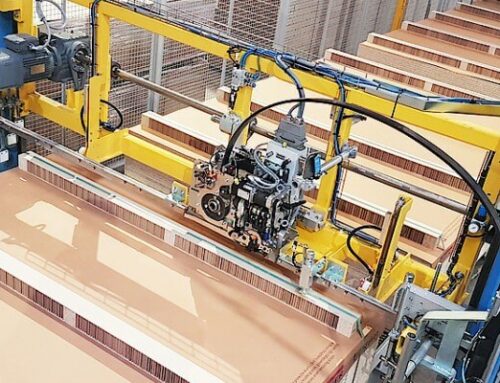
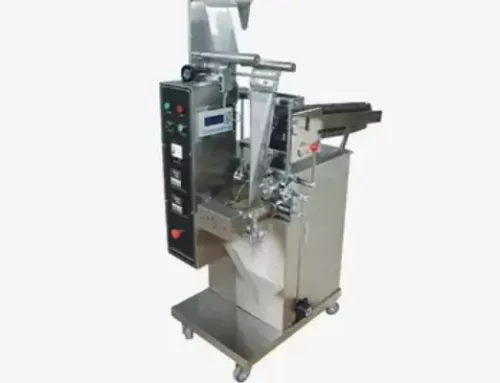
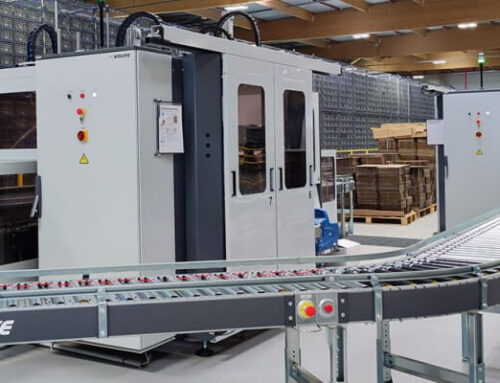
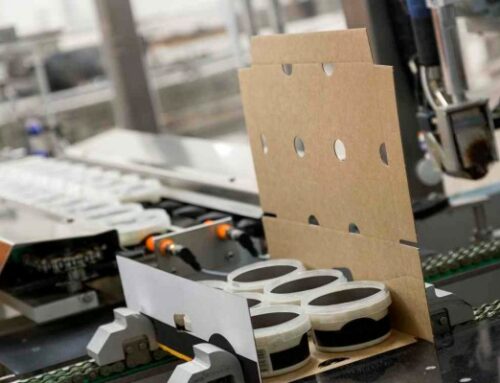
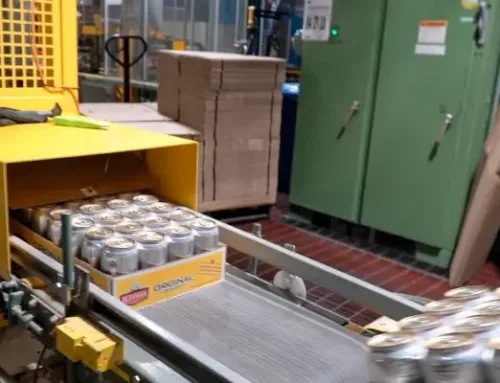
Leave A Comment